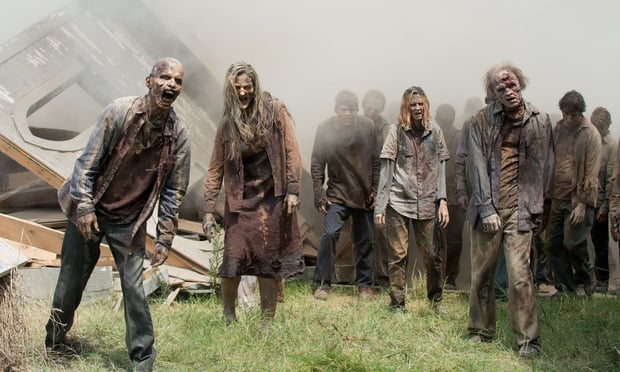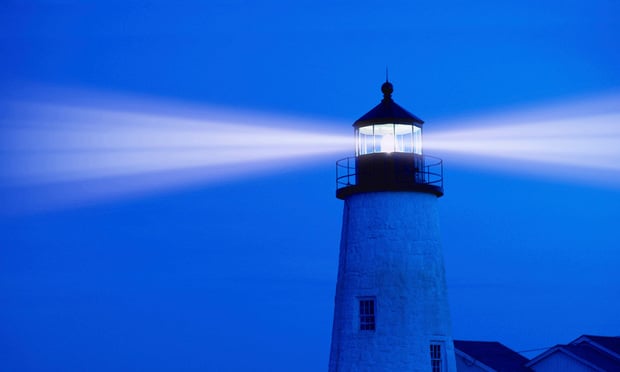Columns & Departments

IP News
Federal Circuit Weighs On the Patentability of Claims to Targeted Advertising Federal Circuit Clarifies the Result-Effective Variable Doctrine
Features

Executive Producers' "Most Favored Nations" Clauses Could Be Applied to Walking Dead Series Producer's Profit-Participation Settlement
Can the settlement of a lawsuit by one profit participant in a TV production be used to increase the contingent compensation provisions of other profit participants in the show?
Features

In-House Counsel Perspective on Negotiating Social Media Influencer Contracts
With the FTC amping up its scrutiny in the social media influencer space, in-house counsel has an opportunity to mitigate risk and help their companies get more bang for their influencer marketing buck.
Features

Seventh Circuit Applies Safe Harbor to Private Securities Transaction
"… [T]he term 'securities contract' as used in [Bankruptcy Code] §546(e) unambiguously includes contracts involving privately held securities," The Seventh Circuit held in Petr v. BMO Harris Bank, N.A.
Features

The Guaranty Law Continues to Divide Opinion
This article discusses the recent developments surrounding the constitutionality of the Guaranty Law. In particular, we address the Southern District's view that the statute is unconstitutional and the splintered view of the statute's constitutionality expressed by New York State courts.
Features

Fourth Circuit Weighs In on Fair Use and Copyright Registration Validity
In Philpot v. Independent Journal Review, the Fourth Circuit found no fair use or copyright validity for a concert photographer's use of a photo of Ted Nugent as part of a collection.
Features

Pursuing AI Programmers and Third Parties over Alleged Rights Violations Caused by AI Software
Because AIs are capable of causing harm but cannot be a legal entity, they are not held accountable by court action. Several current and future possibilities exist to resolve AI difficulties. Current options involve identifying indirect liability. Future options include but are not limited to changing the law to make an AI a legal person and/or changing the law to make AI programing an ultra-hazardous activity.
Columns & Departments

Development
ZBA's Abandonment of Its Prior Determination Invalid Denial of Area Variance Upheld Lease of Town Property Upheld; Property Not Subject to Public Trust East Side Rezoning Upheld Against SEQRA Challenge
Features

Ninth Circuit Bankruptcy Appellate Panel: 523(a) Discharge Exceptions Don't Apply to Corporate Debtors Under Subchapter V
In Lafferty v. Off-Spec Solutions, the U.S. Bankruptcy Appellate Panel of the Ninth Circuit held that the discharge exceptions under Section 523(a) do not apply to corporate debtors under Subchapter V of Chapter 11 of the Bankruptcy Code.
Columns & Departments

Landlord & Tenant Law
Partial Constructive Eviction Defense Recognized Condition Precedent to Sub-Sublease Not Satisfied Guaranty Law Does Not Bar Liquidated Damages Claim Penalty for Improper Conversion of Residential Building Force Majeure Clause Reduces Pandemic-Era Rent
Need Help?
- Prefer an IP authenticated environment? Request a transition or call 800-756-8993.
- Need other assistance? email Customer Service or call 1-877-256-2472.
MOST POPULAR STORIES
- Risks of “Baseball Arbitration” in Resolving Real Estate Disputes“Baseball arbitration” refers to the process used in Major League Baseball in which if an eligible player's representative and the club ownership cannot reach a compensation agreement through negotiation, each party enters a final submission and during a formal hearing each side — player and management — presents its case and then the designated panel of arbitrators chooses one of the salary bids with no other result being allowed. This method has become increasingly popular even beyond the sport of baseball.Read More ›
- Private Equity Valuation: A Significant DecisionInsiders (and others) in the private equity business are accustomed to seeing a good deal of discussion ' academic and trade ' on the question of the appropriate methods of valuing private equity positions and securities which are otherwise illiquid. An interesting recent decision in the Southern District has been brought to our attention. The case is <i>In Re Allied Capital Corp.</i>, CCH Fed. SEC L. Rep. 92411 (US DC, S.D.N.Y., Apr. 25, 2003). Judge Lynch's decision is well written, the Judge reviewing a motion to dismiss by a business development company, Allied Capital, against a strike suit claiming that Allied's method of valuing its portfolio failed adequately to account for i) conditions at the companies themselves and ii) market conditions. The complaint appears to be, as is often the case, slap dash, content to point out that Allied revalued some of its positions, marking them down for a variety of reasons, and the stock price went down - all this, in the view of plaintiff's counsel, amounting to violations of Rule 10b-5.Read More ›
- The DOJ's Corporate Enforcement Policy: One Year LaterThe DOJ's Criminal Division issued three declinations since the issuance of the revised CEP a year ago. Review of these cases gives insight into DOJ's implementation of the new policy in practice.Read More ›
- Bankruptcy Sales: Finding a Diamond In the RoughThere is no efficient market for the sale of bankruptcy assets. Inefficient markets yield a transactional drag, potentially dampening the ability of debtors and trustees to maximize value for creditors. This article identifies ways in which investors may more easily discover bankruptcy asset sales.Read More ›
- Protecting Innovation in the Cyber World from Patent TrollsWith trillions of dollars to keep watch over, the last thing we need is the distraction of costly litigation brought on by patent assertion entities (PAEs or "patent trolls"), companies that don't make any products but instead seek royalties by asserting their patents against those who do make products.Read More ›
